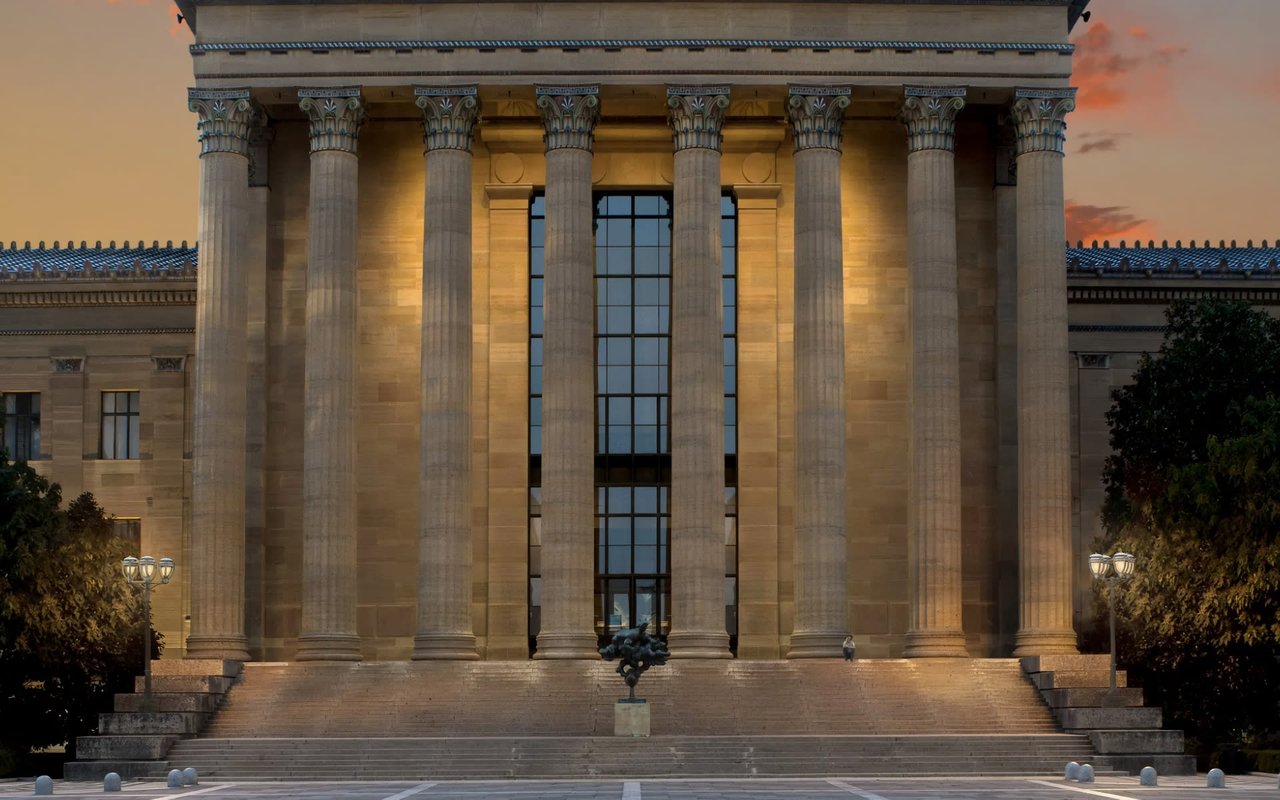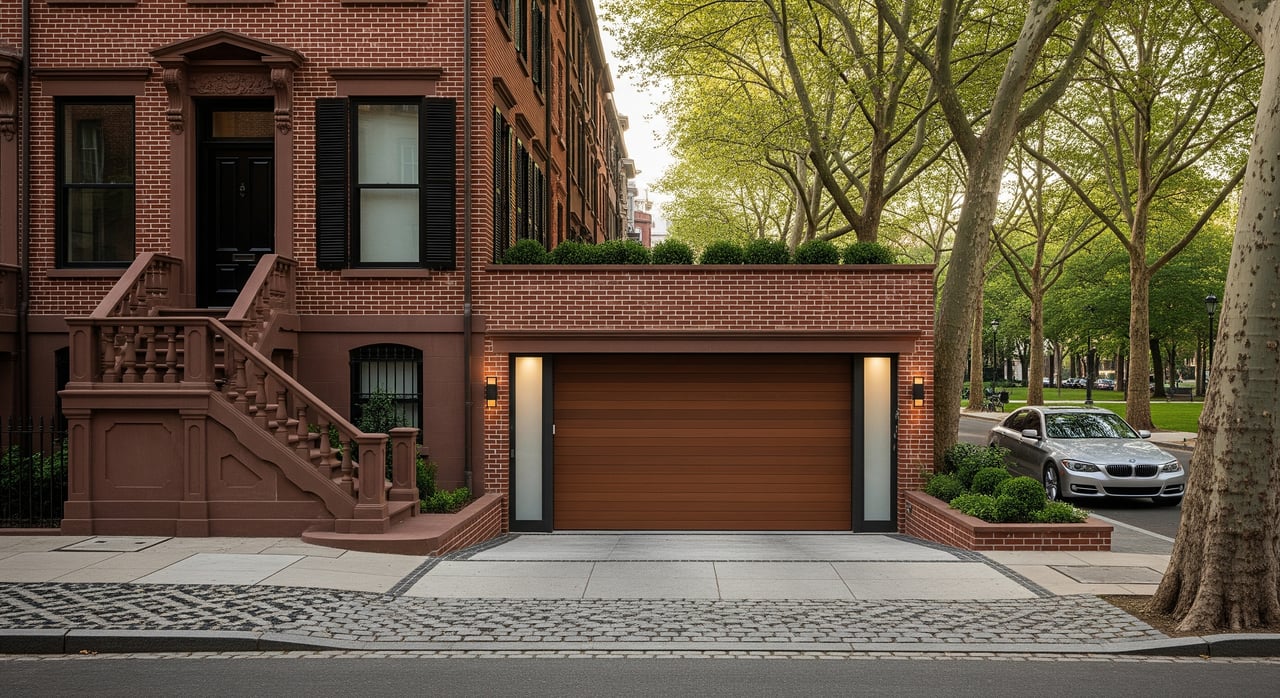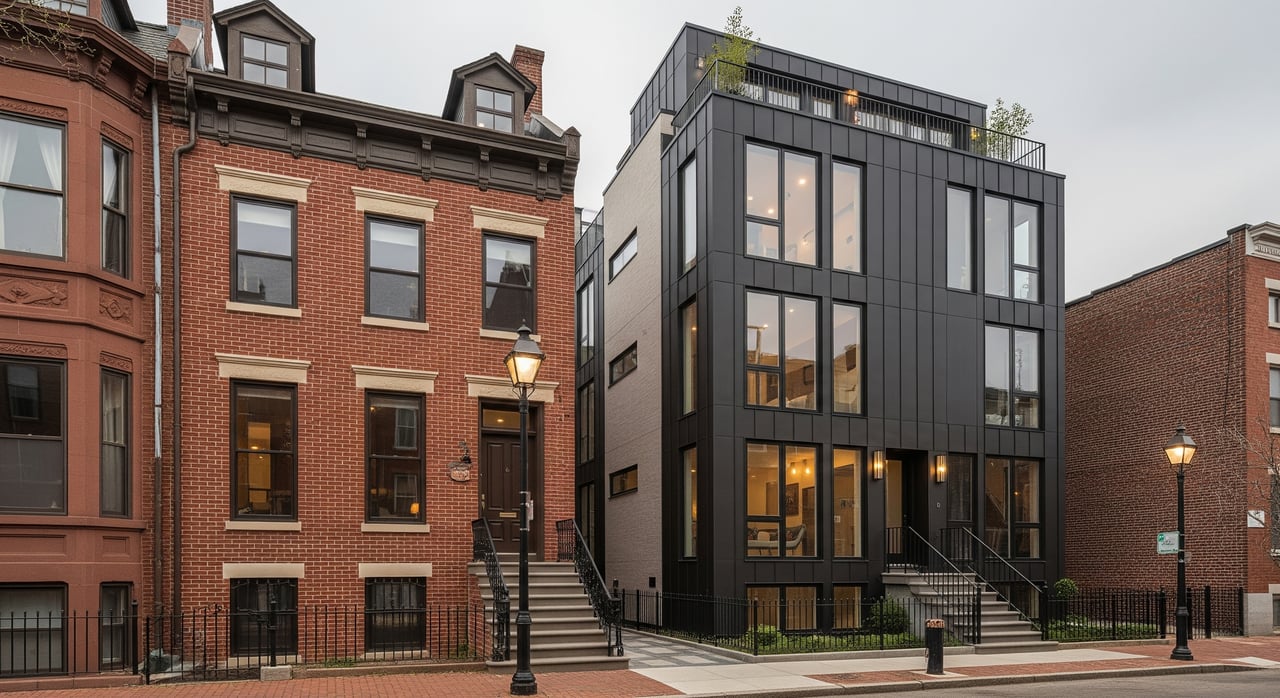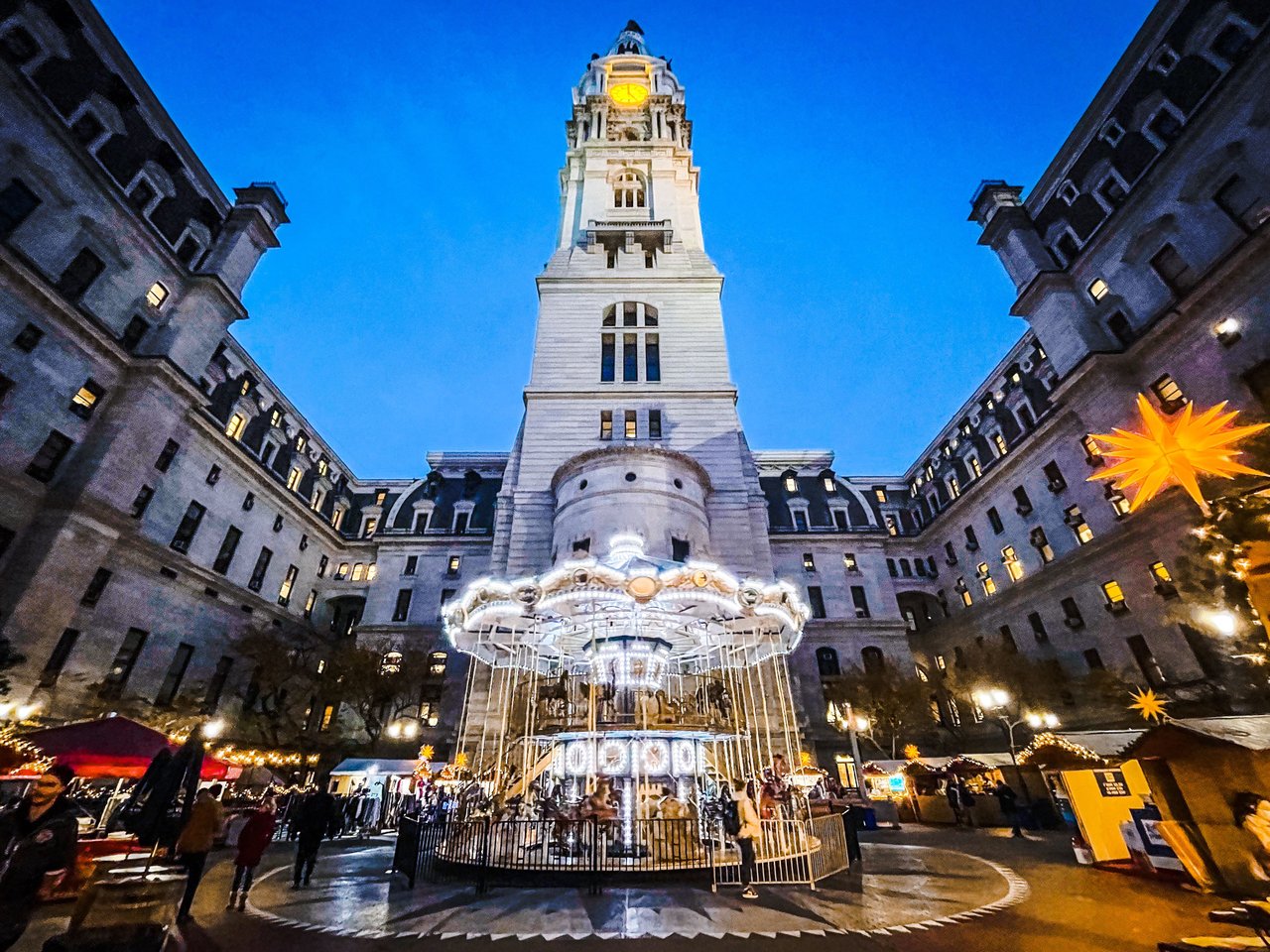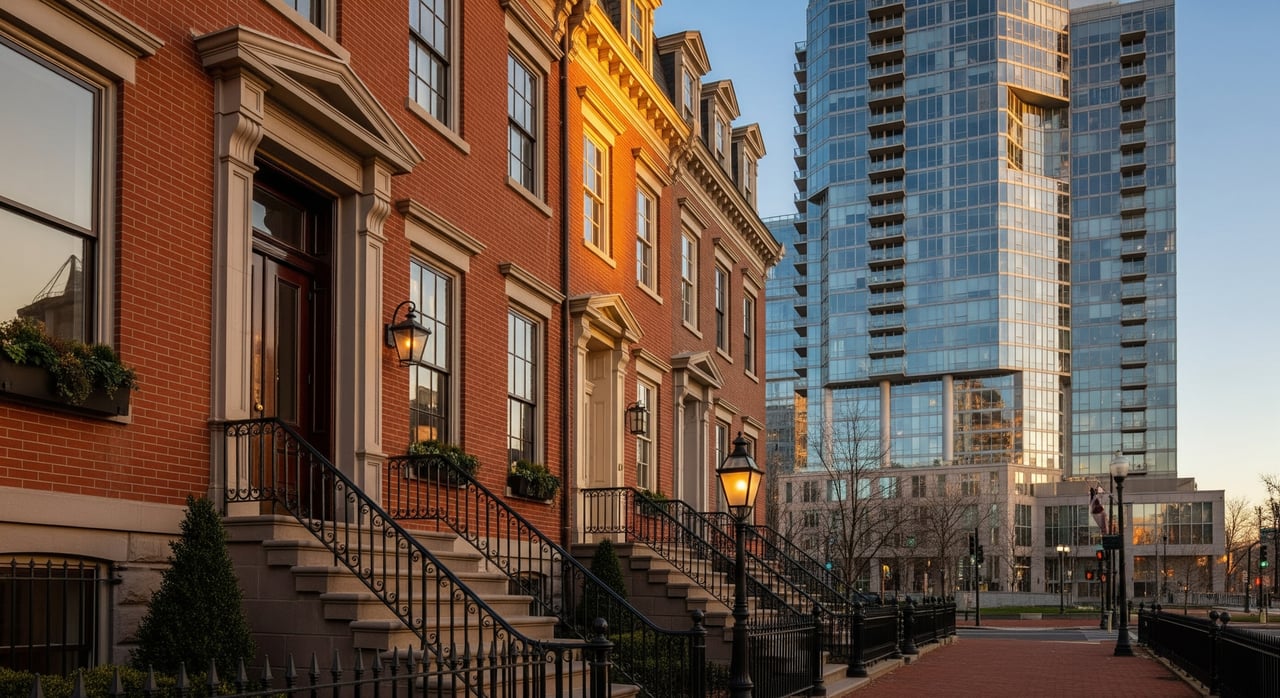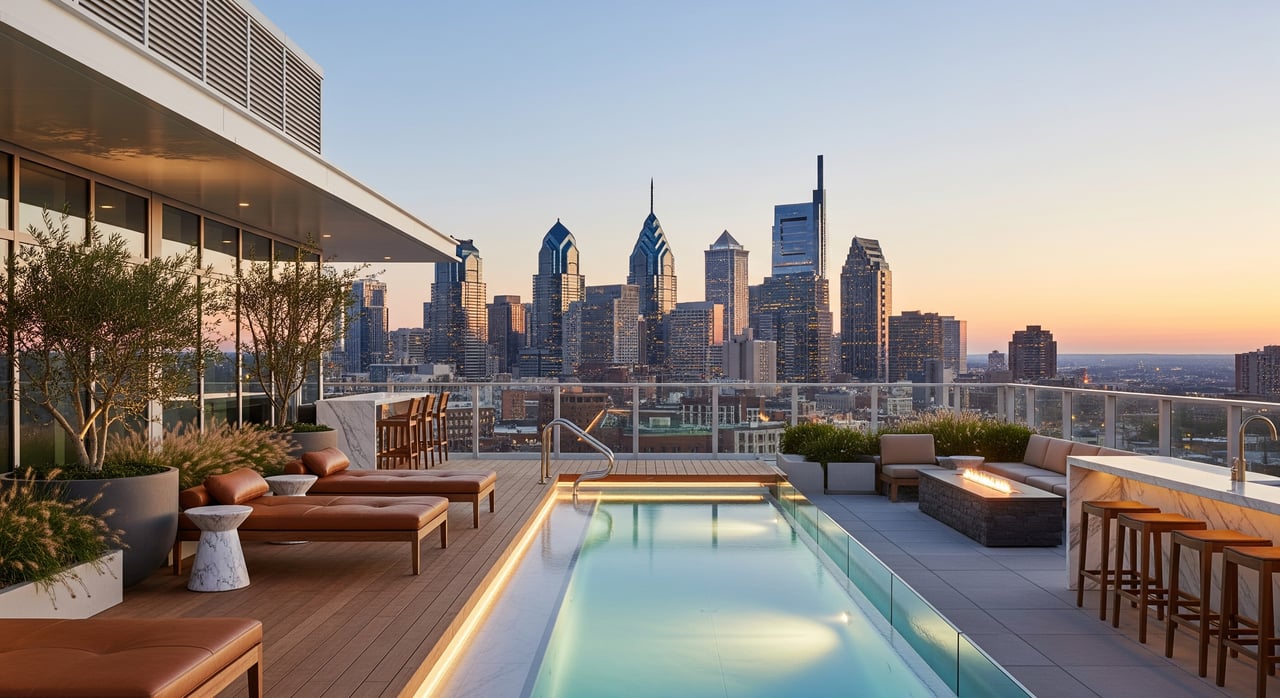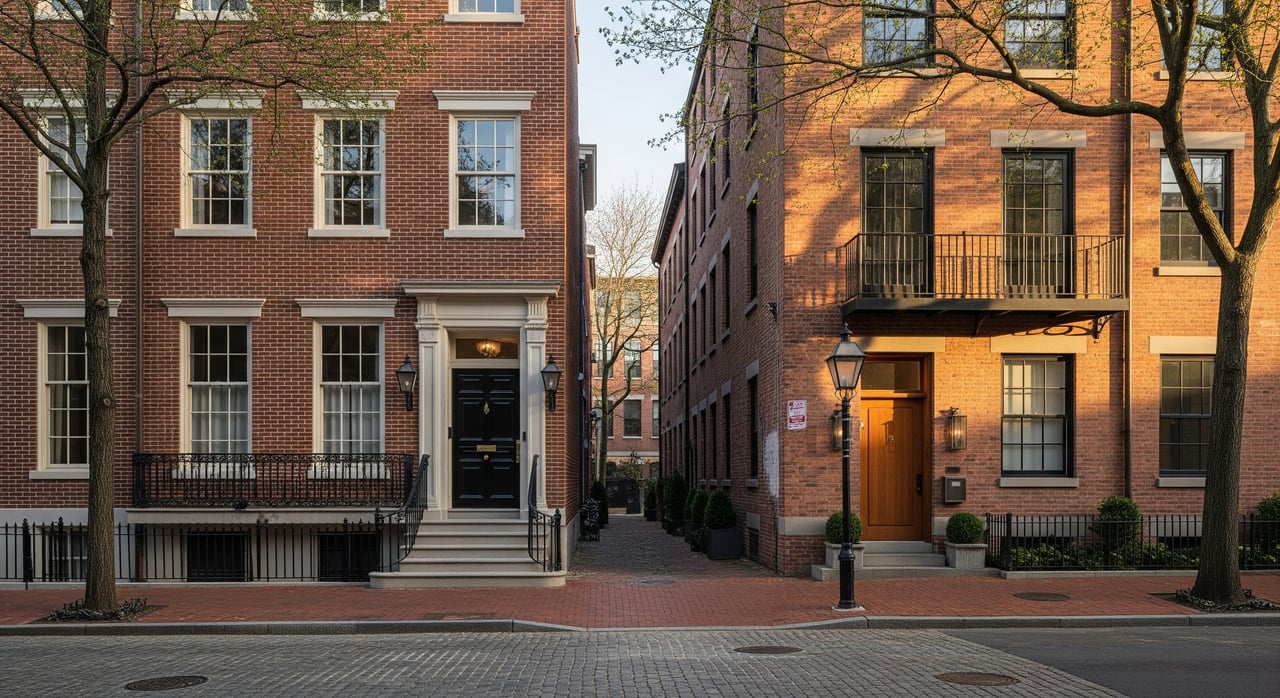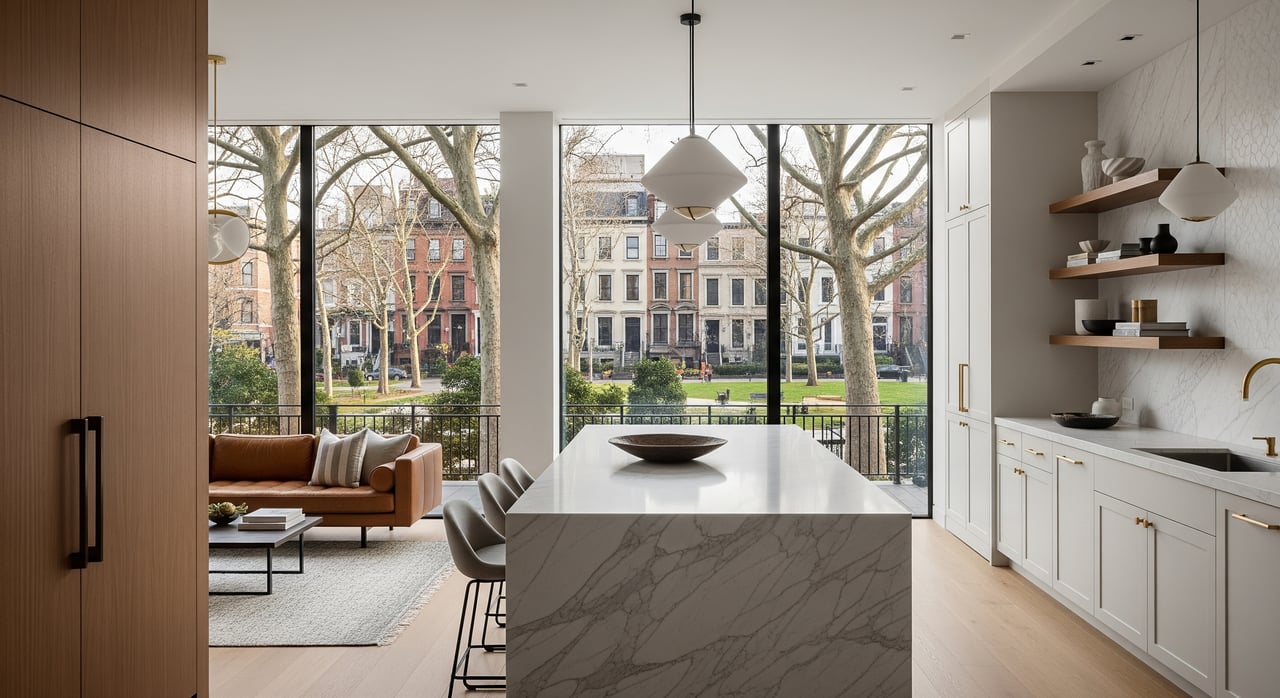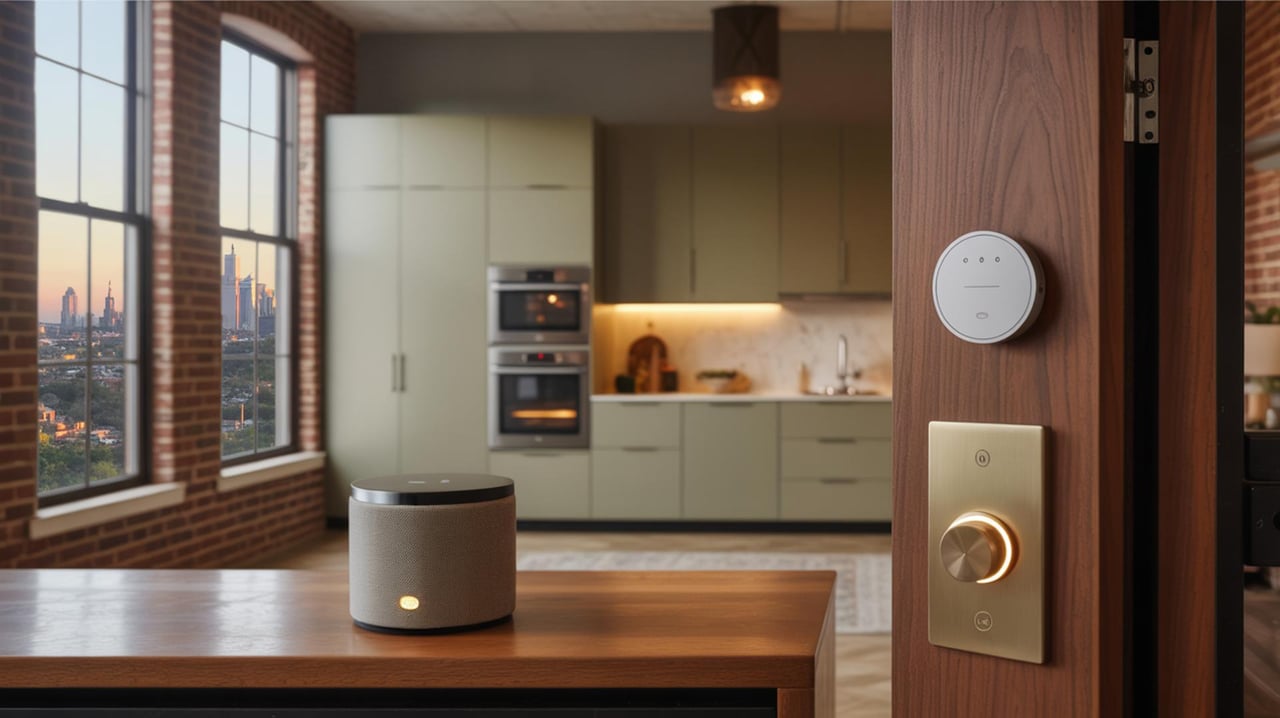Center City architecture reflects Philadelphia's rich history and vibrant future. The diverse range of buildings, from historic landmarks to modern skyscrapers, offers a unique glimpse into the city's evolution. This article highlights some of the most notable architectural landmarks in Center City, emphasizing their significance in shaping the area's landscape and real estate.
Independence Hall
Independence Hall is one of the most iconic structures in the United States. Completed in 1753, it served as the meeting place for the Second Continental Congress and the site where the Declaration of Independence and the U.S. Constitution were debated and adopted. Its Georgian architecture, characterized by red brick walls and a prominent bell tower, represents the colonial era's architectural style. Independence Hall's historical importance and well-preserved structure make it a must-visit landmark in Center City.
Philadelphia City Hall
Philadelphia City Hall stands as a testament to the city's grandeur and ambition. Designed by architect John McArthur Jr., this Second Empire-style building was completed in 1901. It remains the largest municipal building in the United States, with over 700 rooms. The building is crowned by a 37-foot statue of William Penn, which makes it a defining feature of the city's skyline. City Hall’s intricate sculptures and massive size are an impressive sight for visitors and residents alike.
The Comcast Center
The Comcast Center is a modern addition to Center City's skyline. Completed in 2008, this 58-story skyscraper was designed by architect Robert A.M. Stern. It stands as the tallest building in Philadelphia, reaching a height of 975 feet. The Comcast Center's sleek, glass exterior and energy-efficient design reflect the city's commitment to innovation and sustainability. This building is not only a hub for telecommunications but also a symbol of Philadelphia's growth and modernity.
The Union League of Philadelphia
Founded in 1862, the Union League of Philadelphia is a private club housed in a grand building located on South Broad Street. The structure, designed in the French Renaissance style by John Fraser, features an opulent interior with lavishly decorated rooms and a grand staircase. The Union League has played a significant role in Philadelphia's social and political life and is a prominent venue for events and gatherings. Its architecture and history make it a key landmark in Center City.
The Academy of Music
The Academy of Music, also known as the "Grand Old Lady of Locust Street," is one of the oldest opera houses in the United States still in use. Opened in 1857, it was designed by the Philadelphia firm of Napoleon LeBrun and Gustavus Runge. The building's interior exudes timeless elegance, featuring a stunning chandelier and lavishly decorated boxes. The Academy of Music has hosted countless performances, from operas to ballets, and remains a cultural cornerstone in Center City.
Reading Terminal Market
Reading Terminal Market, established in 1893, is a bustling marketplace at 12th and Arch Streets. The market is housed in a National Historic Landmark building, originally part of the Reading Railroad train shed. The structure's industrial design, with its exposed steel beams and high ceilings, creates a unique atmosphere for shoppers. Reading Terminal Market offers a variety of fresh produce, meats, and specialty foods, making it a beloved destination for locals and tourists.
One Liberty Place
One Liberty Place was a groundbreaking addition to Philadelphia's skyline. Designed by architect Helmut Jahn, this 61-story skyscraper was the first building in the city to surpass the height of the statue of William Penn on City Hall. Its postmodern design, with blue glass and stainless steel spire, marked a shift towards more contemporary architecture in Center City. One Liberty Place remains a prominent feature of the skyline and a symbol of the city's architectural evolution.
The Curtis Center
The Curtis Center, located at 6th and Walnut Streets, is a prime example of early 20th-century office architecture. Completed in 1910, it was designed by Edgar Viguers Seeler in the Beaux-Arts style. The building features a grand atrium with a Tiffany glass mosaic mural, "The Dream Garden," one of the country's most extensive glass mosaics. The Curtis Center’s elegant design and historical significance make it a noteworthy landmark in Center City.
The Pennsylvania Academy of the Fine Arts
The Pennsylvania Academy of the Fine Arts (PAFA) is the oldest art museum and school in the United States. Its main building, designed by Frank Furness and George Hewitt, was completed in 1876. The structure is an excellent example of Victorian Gothic architecture, with a striking facade featuring intricate brickwork and large windows. PAFA's commitment to art education and preservation makes it a vital cultural institution in Center City.
The Franklin Institute
The Franklin Institute, established in 1824, is one of the oldest centers of science education and development in the United States. Its current building, completed in 1934, was designed by John T. Windrim in the Greek Revival style. The museum's grand columns and stately facade are complemented by its interior, which houses numerous interactive exhibits and the famous Benjamin Franklin National Memorial. The Franklin Institute continues to inspire and educate visitors, making it a key landmark in Center City.
The Rodin Museum
The Rodin Museum, located on the Benjamin Franklin Parkway, is home to the largest collection of Auguste Rodin's works outside France. Designed by French architect Paul Cret and completed in 1929, it features a beautifully landscaped garden and a classical facade. The building's design and the art it houses offer visitors a serene and inspiring experience. The Rodin Museum is a testament to Philadelphia's dedication to the arts and culture.
The Kimmel Center for the Performing Arts
Opened in 2001, the Kimmel Center for the Performing Arts is a modern architectural marvel in Center City. Designed by Rafael Viñoly, the center features a distinctive glass dome and houses two main performance halls. The Kimmel Center is home to the Philadelphia Orchestra and hosts various performances, from classical music to contemporary shows. Its innovative design and cultural significance make it a prominent landmark in Philadelphia's arts scene.
Explore Center City Today
Center City, Philadelphia, is home to a remarkable array of architectural landmarks, each contributing to the city's unique character and history. From the colonial charm of Independence Hall to the modern elegance of the Comcast Center, these buildings reflect Philadelphia's diverse architectural styles and cultural heritage. Whether you are a resident or a visitor, exploring these landmarks offers a deeper understanding of the city's past and its ongoing development.
Contact
Jamie Smith Raphael today if you're interested in exploring real estate in Center City or any part of the
Philadelphia area. Search
homes in Center City here.
